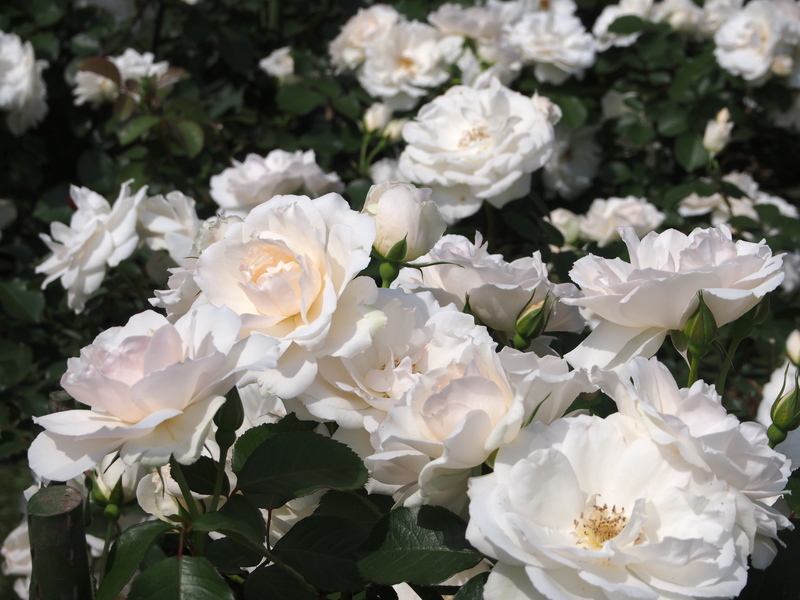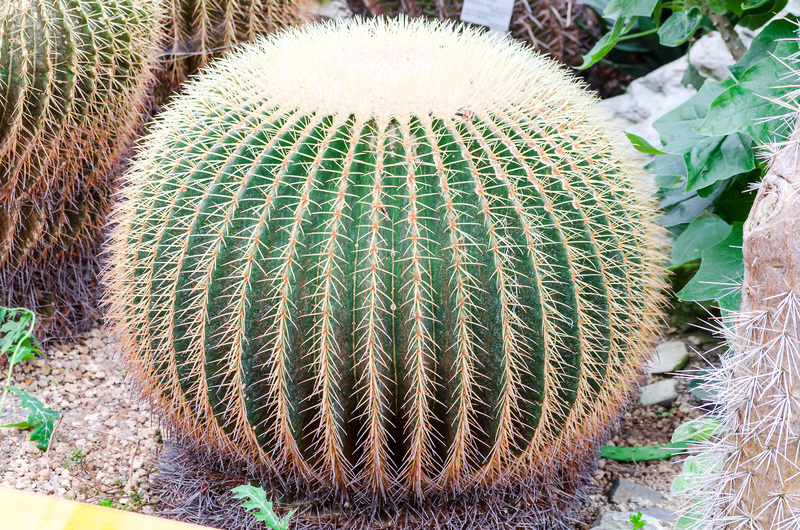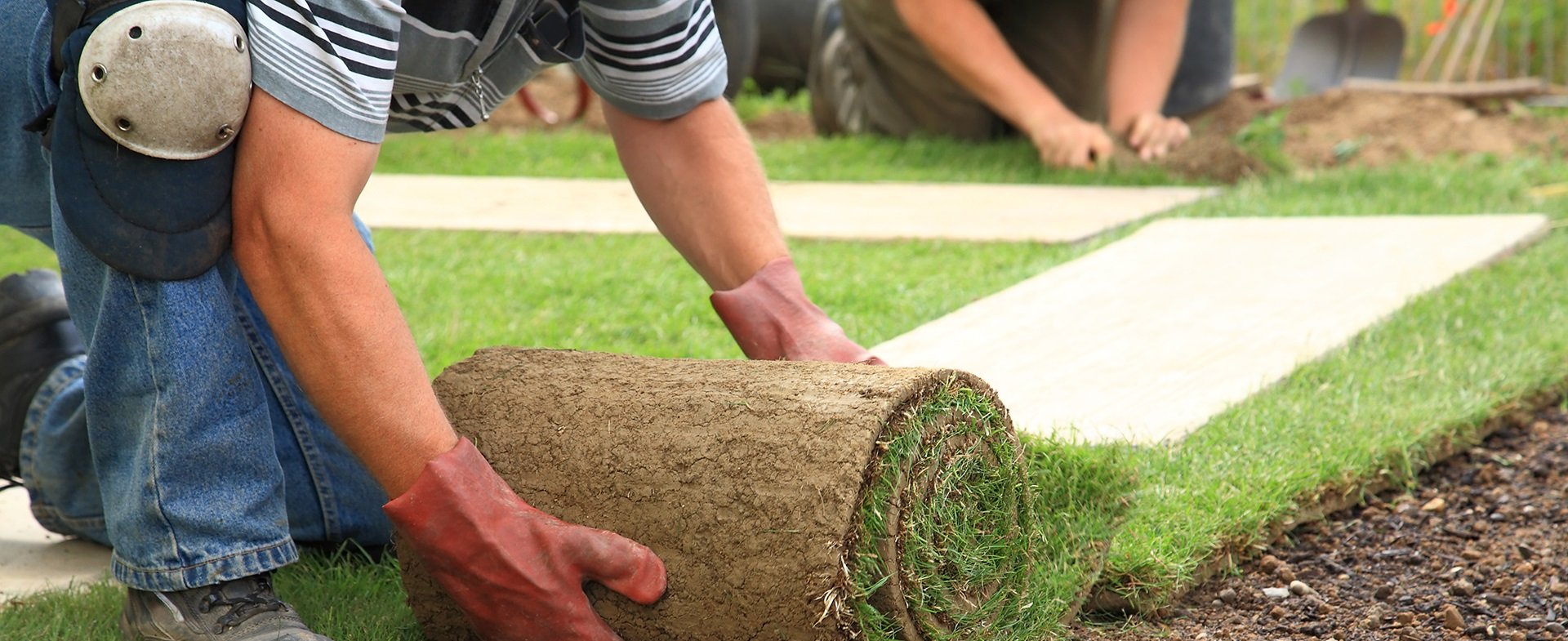Flourish your orchids with essential maintenance tips
Posted on 20/05/2025
If you've ever admired the mesmerizing beauty of orchid blooms and wished your own plants would match those vibrant displays, you're not alone. Orchids are stunning, resilient, and can thrive for years--if given proper care. In this comprehensive guide, you'll find all the essential orchid maintenance tips you need to help your plants flourish year-round.
Understanding Your Orchid: The Basics
Before diving into care tips, it's crucial to understand the unique characteristics of orchids. Orchidaceae is among the largest plant families, boasting over 25,000 species and 100,000 hybrids. Common home varieties include Phalaenopsis (Moth Orchids), Cattleya, Dendrobium, and Oncidium.
- Epiphytic orchids grow on other plants, not in soil, and require excellent air flow around their roots.
- Terrestrial orchids grow in the ground and prefer richer, moisture-retentive media.
Knowing your orchid's type determines its care requirements. The following best maintenance tips for orchids focus on the popular Phalaenopsis, but most advice applies to other varieties as well.

Optimal Light for Vibrant Orchid Growth
Light is the lifeblood of orchids. Too much causes leaves to scorch; too little and you'll never see flowers. Here are some orchid light tips:
- Indirect, filtered light is best: Place your orchid near an east- or west-facing window with a sheer curtain to filter harsh rays.
- Monitor leaf color: Healthy orchid leaves are light to medium green. Dark green means too little light; yellowish or red-tinged indicates too much.
- Use artificial grow lights: If sunlight is insufficient, fluorescent or LED grow lights can make a big difference, especially in winter.
Pro Tip: Rotate Regularly
Give your orchid a quarter turn every week to ensure even exposure and uniform growth.
Watering Your Orchid Correctly
Incorrect watering is a leading cause of orchid trouble. Too much water leads to root rot; too little, and the plant dehydrates. Follow these essential orchid watering tips:
- Check before watering: Use your finger to test the potting media; water only when it feels almost dry.
- Soak and drain: Water thoroughly until water drains out, but never let the orchid sit in water.
- Avoid the crown: When watering, try not to get water in the leaf bases (the "crown") to prevent rot.
- Use lukewarm water: Extreme temperatures can shock the sensitive roots.
How Often Should You Water Orchids?
Typically, watering once a week works well, but frequency depends on pot size, media, humidity, and season. Monitor your plant closely and adjust as needed.
Orchid Humidity and Air Circulation
In nature, orchids thrive in humid, breezy environments. Indoor air can often be too dry, especially in winter. These orchid care essentials improve humidity:
- Mist regularly: Lightly mist the leaves in the morning, but avoid letting water pool in the leaf joints.
- Use a humidity tray: Place a shallow tray filled with pebbles and water beneath your orchid's pot, ensuring the pot sits above the water.
- Group plants together: Cluster orchids and other houseplants to increase localized humidity.
- Ensure ventilation: A fan on a low setting nearby circulates air, which prevents fungal diseases.
What's the Ideal Humidity for Orchids?
Most orchids prefer 40-70% humidity. Consider a digital hygrometer to monitor conditions for optimal growth.
Feeding Your Orchids: Fertilizer Tips
Just as humans benefit from balanced nutrition, so too do orchids. Proper fertilization results in lusher leaves and more prolific blooms. Here's how to nourish your plants:
- Use "weakly, weekly" fertilizer: Dilute a balanced, water-soluble orchid fertilizer to quarter strength and feed once a week.
- Rinse the media: Every month, flush the pot with clear water to wash away accumulated salts.
- Watch for blooms: When in bloom, reduce feeding frequency to every other week.
Best Fertilizers for Orchids
- 20-20-20 balanced fertilizer is ideal for most stages.
- "Bloom booster" formulas with extra phosphorus support flowering phases.
Repotting Orchids: When and How
Repotting your orchid is essential for maintaining healthy root systems and preventing disease. But how do you know when it's time?
- Roots are overflowing the pot or growing over the edges.
- Potting media looks decomposed, spongy, or has a sour odor.
- Growth has slowed, or leaves are wilting despite good care.
Step-by-Step: Repotting Your Orchid
- Gently remove the orchid from its current pot and shake off loose media.
- Trim away any dead or rotting roots with sterilized scissors.
- Place orchids in a new pot just large enough to accommodate the root system.
- Fill with fresh orchid mix: Use a bark-based, fast-draining medium suited to your orchid species.
- Water sparingly for the first week after repotting to help roots adjust.
Pruning and Staking: Guiding Healthy Growth
Pruning encourages new shoots and prevents disease. Here's how to flourish your orchids with good pruning practices:
- Remove dead blooms and leaves: Use sterile scissors to cut off faded flowers and any yellow or brown foliage.
- Prune flower spikes: After blooming, trim the spike just above the node (joint) closest to where it emerged to promote food storage for the next bloom.
- Stake tall spikes: Use orchid clips or soft ties to gently secure tall flower spikes to bamboo stakes for support.
Managing Orchid Pests and Diseases
Orchids are not immune to pests and diseases. Recognize problems early to protect your plant's health:
Common Orchid Pests
- Mealybugs: White, cottony clusters under leaves and roots. Treat with rubbing alcohol on a cotton swab.
- Aphids: Small green, black, or brown insects on new growth. Remove by showering plant and using insecticidal soap.
- Spider mites: Fine webbing on leaves. Increase humidity and use horticultural oil sprays.
Disease Prevention Tips
- Good air circulation to prevent fungal and bacterial infections.
- Avoiding water in leaf axils to prevent crown rot.
- Isolating new or sick plants to prevent spreading infections.
Seasonal Orchid Maintenance Tips
Adapting care routines to seasonal changes ensures robust growth:
- Spring and Summer: Growth accelerates. Increase watering and feeding, maintain higher humidity, watch for pests.
- Fall: Some orchids rest; reduce water and fertilizer, but maintain light.
- Winter: Light levels often decrease. Supplement with grow lights, lower watering, and avoid drafts.
Signs Your Orchid is Thriving
- Glossy, green leaves
- Firm, plump roots
- Regular blooming
- New leaf or root growth
If your orchid displays these signs, your maintenance efforts are paying off!

Frequently Asked Questions About Orchid Care
How do I get my orchid to rebloom?
To encourage reblooming: Ensure your orchid gets adequate light, follow a regular feeding schedule, and after blooms drop, move the plant to a cooler spot at night for a few weeks (55-65?F) to stimulate a new flower spike.
Can I use ice cubes to water orchids?
Ice cube watering is controversial. While convenient, many experts advise against it because cold temperatures can shock roots. Use tepid water for best results and stick to thorough soakings as described above.
What's the best potting mix for orchids?
Most epiphytic orchids thrive in a bark-based mix with charcoal and perlite for drainage. Terrestrial orchids benefit from sphagnum moss or fine-grade potting soil. Always match your medium to your orchid's natural habitat.
Conclusion: Watch Your Orchids Flourish
With the right care, your orchids can reward you with spectacular blooms and healthy, verdant foliage for years to come. By following these essential maintenance tips for orchids--focusing on light, water, humidity, fertilizer, repotting, and pest control--you'll empower your plants to truly thrive.
Consistent observation and gentle adjustments are key: No single approach fits every home or orchid. Pay attention to your plant's cues and respond to its unique needs. Over time, you'll develop an intuitive routine--and be amazed by the flourishing results.

